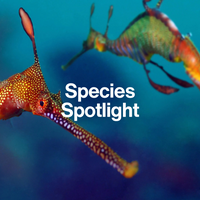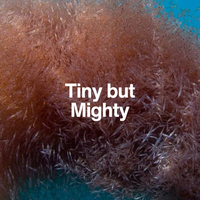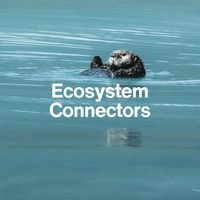The Ocean’s Graceful Giant
Manta Ray

With wings that span cars and minds that surprise scientists, manta rays glide through the ocean like flying carpets of the reef.
Introduction
Wings of Wonder
The manta ray (Mobula birostris and Mobula alfredi) is one of the most majestic and intelligent animals in the sea. With wingspans reaching over 7 metres and the grace of a soaring bird, these filter feeders are icons of tropical reefs and open oceans.
Despite their size, they are gentle giants—feeding on plankton, forming social bonds, and showing signs of advanced cognition. Their beauty and vulnerability have made them powerful symbols in the fight to protect our oceans.

What Makes It Iconic
Fluid Motion and Unexpected Minds
Manta rays are known for their balletic swimming, often leaping from the water in spinning breaches. But beyond their movement, what makes them truly iconic is their unexpected intelligence.
With the largest brain-to-body ratio of any fish, manta rays show signs of self-awareness, social learning, and possibly even memory.
They’ve captivated scientists, divers, and conservationists—not just for their size, but for their sentience.

Fun Fact
Manta rays can leap clear out of the water, sometimes spinning in mid-air. These surprising breaches may be a way to communicate, remove parasites, or simply play.
Ecological Role
Reef Cleaners and Plankton Patrol
Manta rays are filter feeders, swimming with their mouths open to consume huge volumes of plankton and small fish.
By cycling plankton across reefs and cleaning stations, they help regulate nutrient flow, maintain reef health, and support biodiversity.
Their movements often signal seasonal plankton blooms, making them ecological indicators of productivity and climate patterns.


Conservation & Threats
Gentle, But at Risk
Manta rays face several threats due to their slow reproduction, migratory nature, and coastal feeding habits:
Bycatch
in tuna and net fisheries
Targeted fishing
for their gill rakers (used in traditional medicine)
Disturbance
from unregulated tourism
Plastic pollution
ingestion of plastic
Boat collisions
especially in nearshore habitats
Did you know?
Manta rays only give birth to one pup every 2–5 years, making population recovery extremely slow.
Hope & Action
Riding a Wave of Global Protection
In recent years, manta rays have gained significant conservation support. Both reef and giant manta species are now listed under CITES Appendix II and CMS, with many marine protected areas including manta aggregation sites.
Key efforts include:
- Global trade restrictions on manta parts
- Tagging and tracking to monitor migratory corridors
- Community-based ecotourism, generating income through protection
- International Manta Day campaigns to raise awareness

Why they inspire us
Grace in Every Ripple
Manta rays remind us that intelligence comes in many forms. They move not with aggression, but with awareness—curious, calm, and connected to their world.
At NAUTRA, they inspire us to think bigger—not just in size, but in empathy. Protecting manta rays means protecting the conditions that allow awe, wonder, and discovery to exist in the wild.

Species Overview

Species ID Card
Manta Ray
Want to take this species with you? Download our printable ID card to keep learning, share with others, or use in your classroom or ocean journal.
NEXT SPECIES
Meet the Ocean’s Apex Strategist: Orca
Hunter, teacher, family leader. Up next: meet the toothed whale whose intelligence and teamwork rival our own.




